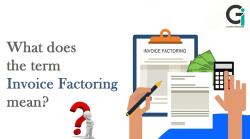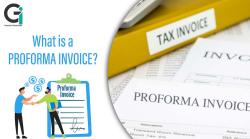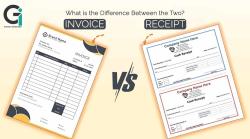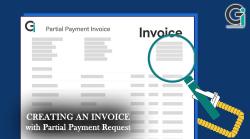Sales Invoice: What Does the Term Entail

In the landscape of modern business, freelancers, independent contractors, and small business owners wear many hats. One of that is acting like an accountant and a finance manager for your business. A critical part of taking up this role involves creating, sending, and tracking a sales invoice. In this guide, we will tell you all about what a sales invoice is, discuss its elements, and also share tips on how you can create as well as send one.
What is a Sales Invoice?
A sales invoice is defined as an accounting document that helps record the transactions between a business and its clients. Sales invoices help businesses keep a record of the services provided, or products sold to clients, when the services or products were sold to the clients, and how much they owe you in return. Even if your company is a startup, it is of vital importance that you inculcate within yourself a habit of creating sales invoices for every transaction. There are many who use the word sales invoice synonymous with bills, sales receipts, sales orders, or purchase orders. However, they are entirely different entities from sales invoices.
Difference Between a Bill and a Sales Invoice
A sales invoice and a bill are somewhat similar. However, the aspect that sets them apart from one another is that sales invoices harbor more information as compared to bills. Sales invoices are commercial documents that harbor all the transaction details and one can use them for the purpose of accounting and tax, while bills are more generic and for immediate payment.
Difference Between a Sales Receipt and a Sales Invoice
A sales receipt is a document that comes after the sales invoice. A sales receipt helps document the payment of goods or services. Customers usually request businesses and retailers to provide them with a sales receipt so that they can have proof of payment for their tax records.
Difference Between a Purchase Order and a Sales Invoice
A purchase order is a document that is sent by a customer to a business in order to verify their order. This document can consist of a quantity of service or products, a description of the service or product, delivery dates, and cost.
Difference Between a Sales Order and a Sales Invoice
Both sales invoices and sales orders are accounting documents. The only difference between the two lies in how they are originated. When purchasing goods or services, a customer generates a sales order. While a sales invoice is generated by the business that is supplying the goods or services.
Purpose of a Sales Invoice
A sales invoice is an official way via which businesses make a request to their customers regarding payment for the services or goods provided. They serve as proof of transactions made between the business and its clients. Given below are other essential purposes of sales invoice:
Ensures Accuracy in Bookkeeping – A sales invoice helps create a record of the sales. When recorded correctly, sales invoices allow one to track their sales, manage cash flow, and also create reports on monthly revenue generated.
Provides a Reliable Resource for Taxes – Sales invoices are critical documents that allow one to verify what they record in their tax returns. The IRS recommends businesses use sales invoices as supporting business documents as they make the process of taxing much easier.
Help Manage Inventory – In case you sell physical products, your sales invoices can help you in the management of inventory. With the help of these sales invoices, you can keep track of the inventory going out each month and forecast what you will need in the future so that you can stock up on the products.
Offers Legal Protection – Sales inches offer legal protection from unsubstantiated lawsuits from customers as they serve as proof of services provided or product delivered and offer detailed accounts of dates and costs.
Offers a Data Source for Developing a Business Plan – As sales invoices record a lot of data, specifically the volume you are selling at and the revenue you are generating, they can help you map out a business plan. With time, with the help of these sales invoices, you will begin to see trends in sales like product popularity, seasonality, average costs, and more. These trends will help you make informed decisions that will promote the growth of your business.
Components of a Sales Invoice
A Sales invoice typically possesses the following components:
- Date
- Business details that include logo, name of business, address, email, website, and phone number.
- Contact information of the client including the name of the person or company, addresses, phone number, email addresses, and other necessary information.
- An invoice number.
- A list detailing the products or services provided. In the invoice, one has to describe the service provided along with specifics. If it is a product that is delivered to a customer, one must add its name as well as item number to the list.
- Quantity of product provided. If you offered a service, type in the hours worked in case you charge by the hour.
- Payment terms along with late fee charges if you impose any.
- The total amount owed for the products or services along with taxes, or discounts if any.
- Purchase order number.
Step-by-Step Creation of a Sales Invoice
Step 1: Pick the platform on which you wish to generate a sales invoice. You can either use tax accounting software, an invoicing software or you can make your own with a template in Word or Excel. We would recommend using Invoice-Generate.com as it's much easier and free.
Step 2: Fill in the details of your company and the client in the template.
Step 3: Enter descriptions of the products or services offered, along with quantities and prices.
Step 4: Add the taxes and discounts if any.
Step 5: In the end, type in the terms of payment or include a small note.


















